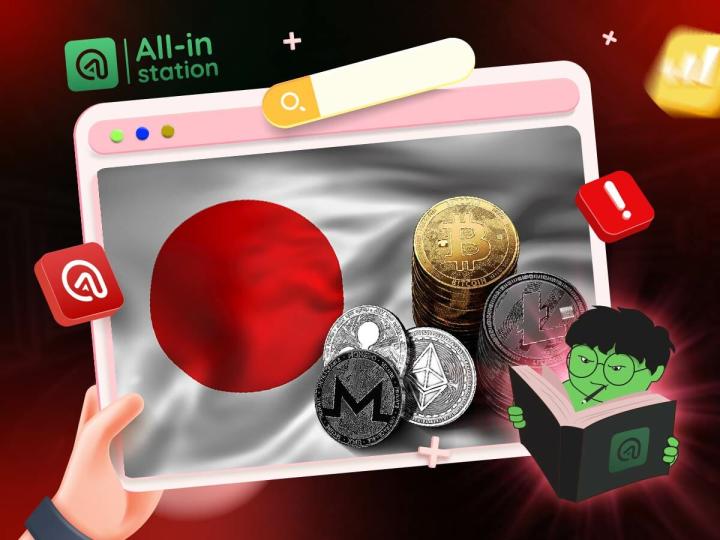"VC coins are dead" is almost becoming a consensus. The real problem is that the "VC financing-listing" path has no liquidity on CEX. 15-20% of the total market liquidity has been completely transferred to the chain, and the rest is on the way. The overflow of on-chain liquidity is the fundamental reason for the explosion of memes in this cycle
Sir, times have changed, and it is a foregone conclusion to cut off the chain instead of CEX. However, besides sending me dozens of pump imitation decks a week, what else can you do?
At this time, you need to understand on-chain liquidity first.
What does on-chain liquidity look like?
The biggest difference between on-chain liquidity and centralized exchanges is that the liquidity model is mainly AMM rather than order book. AMM discloses the total liquidity of the current trading pair through the total value of the pool (TVL), and has certain liquidity at each price point. The order book needs to be matched through buy and sell orders, and the liquidity mainly depends on the market maker who provides two-way quotes for buy and sell, which leads to the thickness of liquidity being controlled by the market maker.
There is no direct correlation between the price and liquidity of the order book. Liquidity can be manipulated to induce or allow market fluctuations . This allows the order book model to create a super high market value with a small amount of funds, thus achieving high capital efficiency. However, in fact, it is a Ponzi structure similar to a mutual aid disk , just like not paying out winnings in a casino (thin liquidity in the falling range)
For mainstream assets, the order book model is not a big problem because the trading demand is high enough, but for long-tail assets on the chain , such as on-chain meme and DeFi native, market makers are unprofitable, and AMM is the most efficient and fair trading model for participants.
Who provides liquidity on the chain?
First, on-chain liquidity is provided in the following forms:
1 LP in DEX
2 JLP/GLP
3 Various on-chain robots
4 Retail Investors
The first two are actually the same thing: 1. It can be the pot injected by On-Chain meme dev, or it can be the LP fee strategy (such as @MeteoraAG 's DLMM). 2. It is to package LP ownership and fee dividends into financial products and sell them to retail investors to bear the Impermanent Loss.
3, including the so-called MEV big science, Pump internal sniping, copy trading robots, smart money robots that rely on triggering copy trading and then backrunning, and Jupiter sniping, are essentially pre-written strategies. Money is put in them. As long as the relevant conditions are triggered, transactions will be initiated, which is equivalent to the same deterministic liquidity as AMM . In centralized trading scenarios, automated strategies account for the absolute majority. Correspondingly, on-chain automated strategies or BOTs should account for a higher proportion due to the lower on-chain entry threshold.
This part is easily misunderstood, saying that a large proportion of bots means a small number of real users, which is not the case at all. On-chain liquidity Because of the advantages of AMM compared to order books mentioned above, liquidity is deterministic, so many strategies that cannot occur in centralized scenarios can be run , especially on low-liquidity assets.
Finally, there are retail investors, or manual trading users, who account for a relatively small proportion. Their on-chain information sources may be 3 , so many of them are vassals of automated strategies.
Why would anyone provide liquidity?
Of course, it is because of the income and making money. The income comes from the strategy, and the strategy is a relative concept . Lending, USDE arbitrage, JLP and other systematic strategies are strategies. But from the perspective of this money as liquidity, it is used to issue a on-chain meme, or to snipe the fair launch opening and then sell quickly, which is also a strategy.
In other words, as long as the risk-return ratio of the strategy is good enough and the capacity is large enough, someone will provide liquidity , and the scale of the strategy will become larger and larger until it approaches the capacity limit of the strategy, causing the risk-return ratio to drop to a level that is exceeded by other strategies.
Therefore, don’t believe that the liquidity is being withdrawn by the conspiracy group just because the number of on-chain meme on Solana or the main chain has exploded, but only a few have “graduated”. It is very likely the opposite. The conspiracy group is making too much money and is expanding . More and more funds are being sucked into the on-chain meme, which leads to the total size of on-chain meme on Solana or the main chain becoming larger and larger, and the liquidity is increasing.
If you find what I said unacceptable, please read ETHENA's logic.
How to harvest on-chain liquidity?
First understand the liquidity model for your own scenario:
- In what form is this liquidity provided?
- Who provides it?
- Why offer?
Many people make mistakes here. They will involuntarily wishful thinking and subjectively think that a certain ecosystem/scenario has sufficient liquidity (such as the previous On-Chain meme). You must be specific about your own exit liquidity path and know "who" is providing liquidity in "what way"
For example, I personally think that the reason why many pump imitations die is not because of poor operation or simple volume, such as Makenow. Instead, the fundamental business of Pump comes only from maximizing the trading volume on Bonding Curve, and various strategy robots on Bonding Curve are currently centered around Pump.
If you are a Pump copycat, you cannot share the robot liquidity on Pump, but need to find robots and liquidity from scratch for your own bonding curve stage. Makenow had already started to support robots, but failed because of Twitter API.
This is completely different from launching directly on Dex, because whether it is Meteora or Radyium, no matter what you launch, the above, such as the opening robot and corresponding liquidity, are all shared, which is completely different from Bonding Curve.
Finally, you must understand why someone provides liquidity (consider buying orders as liquidity provision). That is because the risk-return ratio provided by your liquidity model meets the preferences of a certain type of liquidity provider . As long as this is met, all you need to do is write a good DOC to facilitate the connection of these liquidity providers. If this does not make sense, adjust the model. I will not go into details here because of a conflict of interest with me.
Conclusion
Compared with the previous CEX scene, the chain is still a relatively blue ocean. Don't have preconceived ideas, which will damage your efficiency in seeing through the essence with the first principles. When you see someone making money on the chain, don't scold them for opening the market with a sickle, which won't make you earn an extra baht . Think about it carefully, whether they have seen something more essential than you.







